

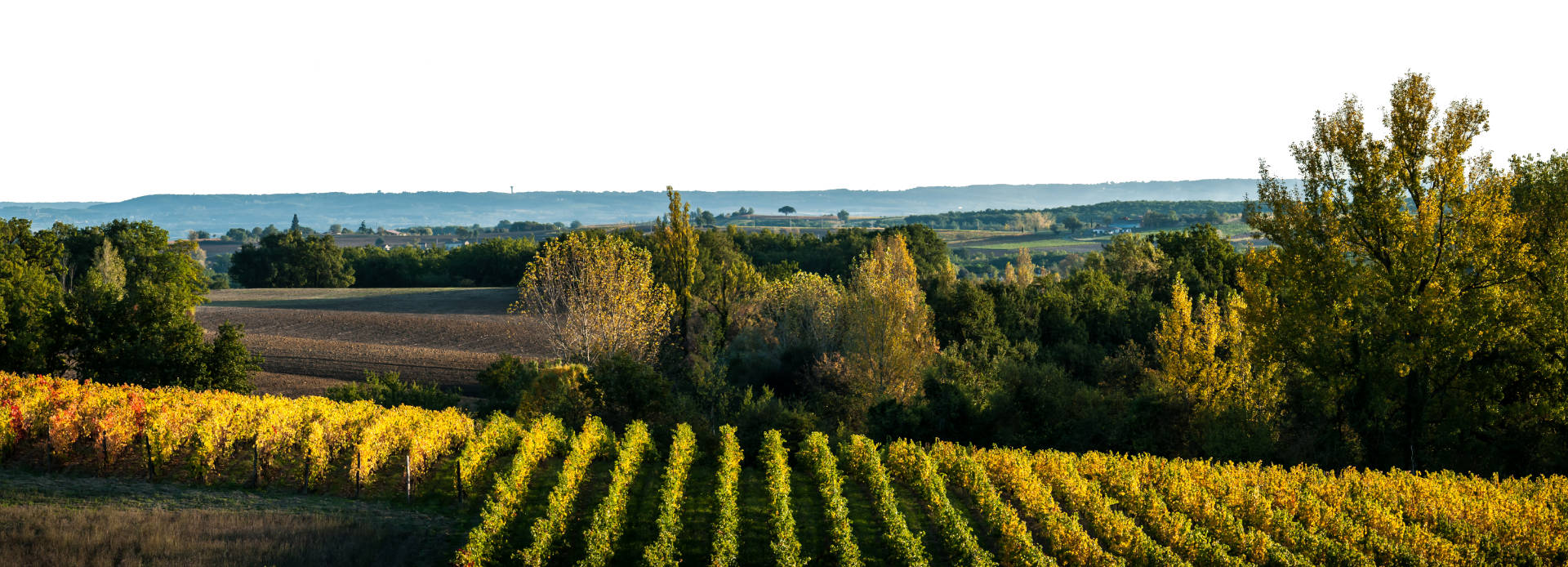
At the confluence of the Mediterranean and Oceanic climates, on a small limestone plateau perched 300 metres above sea level between the Pyrenees and the Massif Central, is the Cantalauze estate with 9 hectares of vineyard. Here, we cultivate biodiversity, the life of the soils and tailor-made vine management. We practice global and ecological organic agriculture, and have done since the origin of the estate in 1982. All our wines are crafted from the grapes of the estate and entirely harvested by hand. Spontaneous fermentations are carried out by indigenous yeasts.
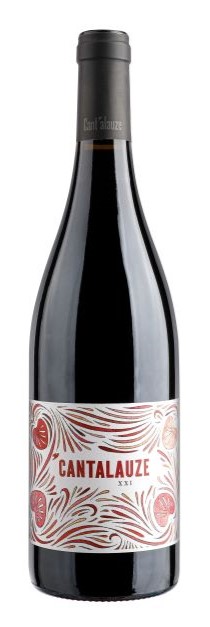
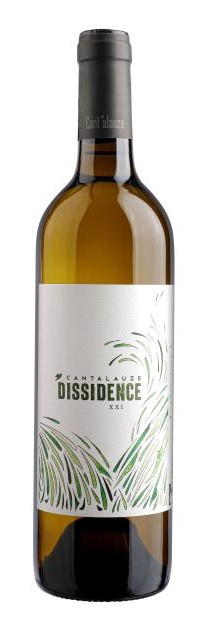
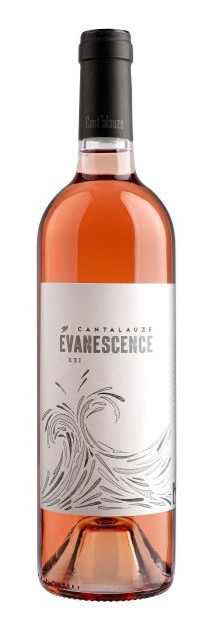
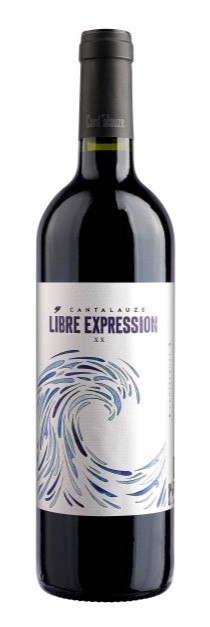
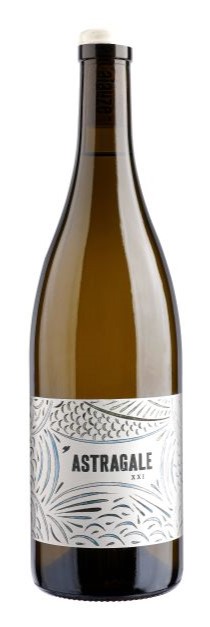
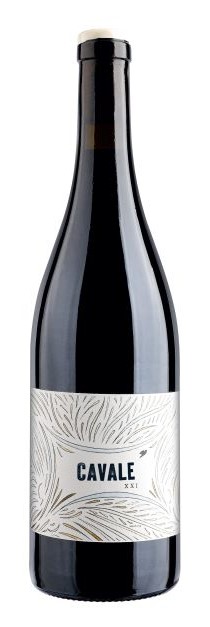
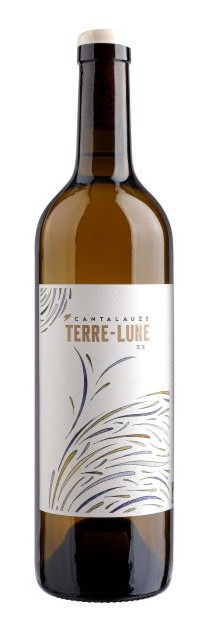
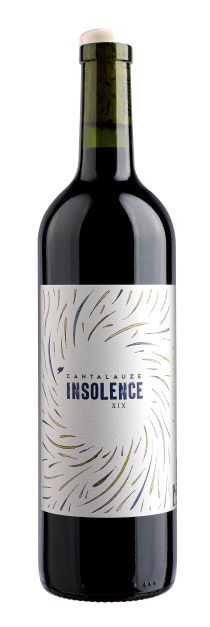
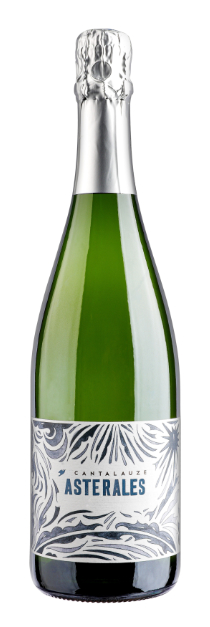


Cantalauze is a place where stories meet. First, the ancestral story of the wine-growing region of Gaillac, with its cultural wealth, palette of indigenous grape varieties and diverse winemaking methods. Then the story of Lintin, a tiny hamlet with its own fortified church that was the outpost of a Knights Templar commandery in the Middle Ages. Finally, there’s the more recent story of the previous generation, Guy and Brigitte Laurent - Pierre-Olivier’s parents. They undertook the work of veritable pioneers here, by cultivating and vinifying organically with the Nature & Progrès label as soon they arrived in 1982.
Guy and Brigitte were considered avant-garde at the time. In 1995, they decided to leave the Gaillac appellation, preferring to protect the notion of terroir through farming that respects soil life and biological cycles, and by rejecting additive and subtractive winemaking techniques – hence the names of the first cuvées: Dissidence, Libre Expression, Insolence.
Pierre-Olivier and I met while studying agricultural engineering in Rennes. After various different wine experiences around the world, we chose to anchor ourselves in this place, in Cantalauze with its history, the struggle initiated to explore alternatives, to revive biodiversity, the dynamics of this territory, a meeting point and place of welcome. By taking over this farm, we have inherited both an adventure and a project as well as a place with a history, a “Cantalauze” mindset and philosophy that is present every day.
Cantalauze is all about meeting people, sharing wine and the path to making it. On this chalky plateau, in the tiny village of Lintin, it’s wonderful to see the buzz of activity that wine and vines create when you choose to work by hand and sell direct. From the pruning team in the silence of winter to the harvest at the end of summer with its long tables under the chestnut tree, to all the spontaneous encounters around the year between wine-lovers who come back for more from the same land…Wine creates links.
When we arrived in 2014, we began by diversifying the grape varieties in the vineyard and renovating the cellar. With its limestone foundations and centennial walls of the same rock, its capacity and thermal insulation, the cellar is a place that is conducive to winemaking as well as festive and cultural gatherings.
Living in this place also means adapting to a territory. It’s a constant search for coherence, for the right size, for autonomy. We carry out every step in the life of the vine and the wine ourselves, from planting to sales. We only use vessels made out of natural materials to store our wines: no plastic tanks. We use returnable glass jars, labels made out of washable recycled paper and natural whole corks coated with beeswax.
Living in this place is to live from it, but also to give life to it by cultivating its biodiversity, planting hedges, maintaining the vineyard every year, replacing missing vines, repairing trellises, restoring the buildings.
“The vine is not a food crop and in that sense, it is not indispensable. However, if wine has been with us for so long, it is probably because we cannot really do without it, because it frees speech, symbolises sharing and opens the doors to poetry, myths and creation…Through its relationship with the terroir, wine remains an irreplaceable link between the earth and humanity.”
“The vine is not a monoculture: it is a perennial multi-stage polyculture. If you lower your head, at the foot of the rootstocks, you see a natural abundance of herbs and insects which find vast available space between the rows. If you raise your head, you see, at the end of the rows, old or replanted hedges, woody groves or moorland covering limestone outcrops that are unsuitable for cultivation, and beyond that, the vast forest of the Grésigne that backs the vineyard.
The vineyard fits into this landscape and builds it at the same time. It owes it its singularity and makes the winemaker feel very small, an integral part of an ecosystem that goes much further in time and space. A vine plot can live for 80 or 100 years, it crosses generations and opens the doors of time. So for the organic winemaker, biodiversity is the preferred ally. It allows soil fertility and life, limits predator populations and regulates the microclimate.”
We maintain our clay-limestone soils without any additions to ensure the vine draws on the singularity of the vintage and the place, deep down underground. We are looking for deep roots in loose, living, airy soils. Maintenance is assured by surface composting organic matter produced naturally, by not tilling the soils to respect their different horizons, by gently decompacting them to preserve the water reserve and improve resistance to drought. The diversity of weed species that develop indicates their healthy balance. .
Cantalauze means “Song of the Lark” in Occitan. The lark is, in popular belief, a bird of good omen, laden with symbols. It represents the union of the terrestrial and the celestial because it nests on the ground and can rise very quickly into the sky. A species considered threatened by intensive agriculture, the lark still seems to find refuge on the grounds of the estate.
“The grapevine is a wild vine that produces grapes to multiply and regenerate…Man is an inveterate drinker who has to very slowly 'tame' his vineyard to achieve his goals…
Before the vine is pruned, it has to be planted. Grafting the plant, possibly growing it in a nursery, installing it in the ground, choosing the orientation of the rows, the spacing of the plants, etc…each of these choices are the beginning of a long companionship. So many genuflections are needed at the foot of each stock before the roots firmly install themselves, bypassing stony obstacles, so much attentive care is needed before slowly, the trunk rises and flows out of the earth towards the light that will also nourish it.
We then have to give an architectural shape to the vine, in line with our ecological interrogations - agronomic but also economic and social questions. Each wine region, each winegrower has its own technical response. But pruning is also a kind of language with which the winemaker, year after year, dialogues with the vine. Each vine stock responds in its own way, keeping the traces of our gestures on its framework and gradually, we grow attached to this large herd of plants.
We have chosen to lead the vines a good height from the ground so that an abundant carpet of plants can grow and be free to flower. We also wanted to give the leaves a large area for exposure thanks to trellises of more than two meters in height. We have chosen to trim very little to allow them to grow towards the light without thickening their foliage unnecessarily. We have tried to adapt our pruning system so that the wooden stumps can best occupy the available space without grape clusters or leaves piling up, so that the wind and sun can circulate freely and reduce the pressure of parasitic fungi. We have also tried to ensure that we can prune upright and harvest at human level to respect the winemaker and make the joy of the harvest last.
These needs have led us to opt for a dual cordon system, inspired by existing systems and adapted to Cantalauze. This makes it possible to adapt the length of the coursons to the vigour of the stump, to distribute the sap equitably between fruit and wood, to avoid injuries, short prunings and untimely modifications, etc.
For the Cantalauze prune, the trunk is topped by two perennial cordons that intersect and attach themselves on spiralled carrying wires. One of the cordons carries four fruiting coursons and the other has four pruned to the bourillon which will supply the wood for the following year. The sap is therefore divided between harvest and reserve. It ensures the present and the future.”
In spring, precise pinching out completes the winter pruning work.
The daily thought and attention given to the vine and its ecosystem continue throughout the harvest and vinifications. We take statistically representative samples from each plot to ensure the accuracy of the maturity checks. The grapes are picked by hand. Their integrity is respected through transportation in crates, on a conveyor belt and then by a pneumatic press. The wine is moved by peristaltic pumping. The tanks are stainless steel or concrete and small in capacity to allow vinification plot by plot. The whites and rosés are pressed directly in whole bunches then settled before entering stainless steel tanks or barrels. The reds, depending on which wine they are for, will be desteemed or crushed just above the concrete tanks.
Indigenous yeasts ensure all the fermentations spontaneously. The wines are aged in oak barrels and demi-muids, egg-shaped terracotta amphora or stoneware jars. All bottling is completed before summer. The natural sparkling wines are not filtered. They finish fermenting in the bottle on lees, then they are turned on wooden racks and disgorged manually in the cellar.
The attention we pay to the living at each stage makes it possible to give birth to wines that are naturally rich with the specificity of the terroir and the vintage. Mauzac, Ondenc, Loin de l'Œil for the whites; Braucol, Duras, Syrah and Prunelart for the reds: the diversity of the grape varieties grown on the estate and the different methods of winemaking and ageing interpret the rich heritage of Gaillac.